Cockroaches – resilient, resourceful, and, to most, unwelcome guests. Across the world, these ancient creatures have coexisted with us, both feared and misunderstood. With over 4,500 species of cockroaches, one might assume they’re all lurking in our kitchens, waiting to surprise us at night.
But the truth is more nuanced: only 30 species are associated with human spaces. The rest are elusive residents of forests, deserts, and far-off places, playing vital ecological roles far from the corners of our homes.
Common Cockroach Species That Infest Homes
German Cockroach (Scientific Name: Blattella germanica)
- Appearance: Small, about ½ to ⅝ inch long, light brown with two dark stripes on the area behind the head.
- Habitat: Frequently found in kitchens and bathrooms, particularly where warmth and humidity are present.
- Global Presence: One of the most common indoor pests worldwide.
American Cockroach (Scientific Name: Periplaneta americana)
- Appearance: Large (1½ to 2 inches), reddish-brown with a yellowish figure-eight pattern on the pronotum.
- Habitat: Commonly seen in basements, sewers, and drains, especially in warmer climates.
- Global Presence: Widespread throughout the United States and in other warm regions.
Oriental Cockroach (Scientific Name: Blatta orientalis)
- Appearance: About 1 inch long, dark brown to black with a shiny exoskeleton.
- Habitat: Prefers cool, damp places like basements, crawl spaces, and drains.
- Global Presence: Found in cooler regions, including Europe and parts of northern America.
Brown-banded Cockroach (Scientific Name: Supella longipalpa)
- Appearance: Small (½ inch), light brown with two lighter bands across the wings.
- Habitat: Prefers warmer, dry areas like closets, furniture, and electronics.
- Global Presence: Common in buildings worldwide, especially in warm climates.
Cockroach Species That Do Not Typically Infest Homes
Madagascar Hissing Cockroach (Scientific Name: Gromphadorhina portentosa)
- Habitat: Forest floor in Madagascar; found in captivity as exotic pets.
- Characteristics: Known for their unique hissing sound, they are harmless to humans and are not considered pests.
Harlequin Cockroach (Scientific Name: Neostylopyga rhombifolia)
- Habitat: Found in the wild across Asia and parts of Australia, often living outdoors in vegetation.
- Characteristics: Recognizable by their attractive red and black markings, these cockroaches are not known to infest homes.
Death’s Head Cockroach (Scientific Name: Blaberus craniifer)
- Habitat: Native to tropical forests in Central and South America.
- Characteristics: Named for the skull-like marking on its back. They are kept as pets but do not infest homes.
Giant Burrowing Cockroach (Scientific Name: Macropanesthia rhinoceros)
- Habitat: Indigenous to Australia, living in underground burrows in natural settings.
- Characteristics: Known as the largest cockroach species (up to 3.5 inches) and completely non-invasive to homes.
Australian Cockroach (Scientific Name: Periplaneta australasiae)
- Habitat: Usually found outdoors in tropical regions; sometimes enters homes but does not breed there.
- Characteristics: Similar to the American cockroach but prefers outdoor environments.
Here are some of the most well-known and widely discussed species of cockroaches, each famous for different reasons, from household pests to unique exotic traits:
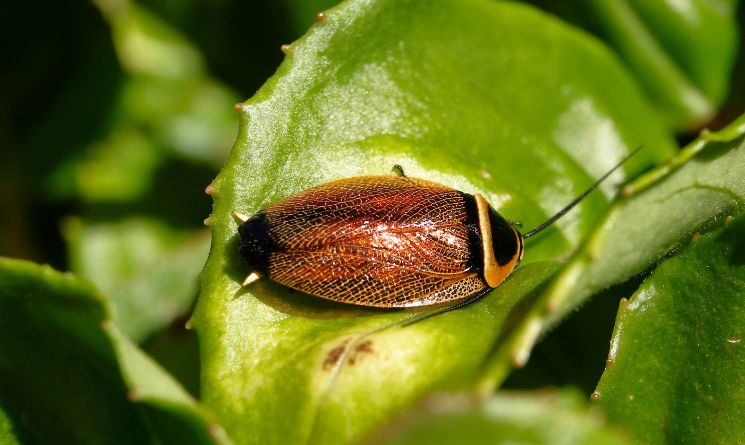
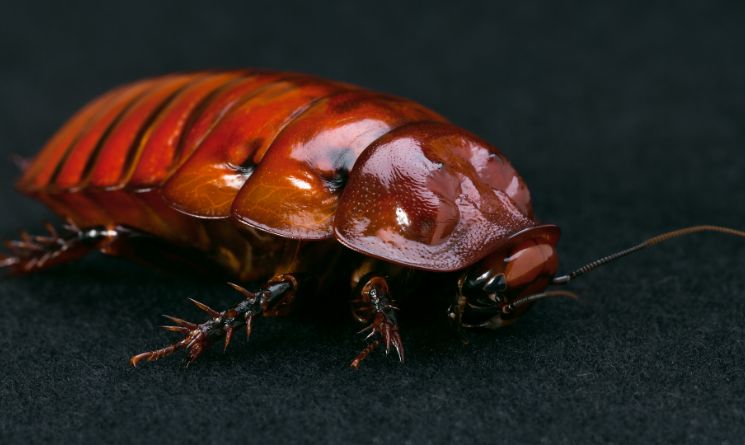
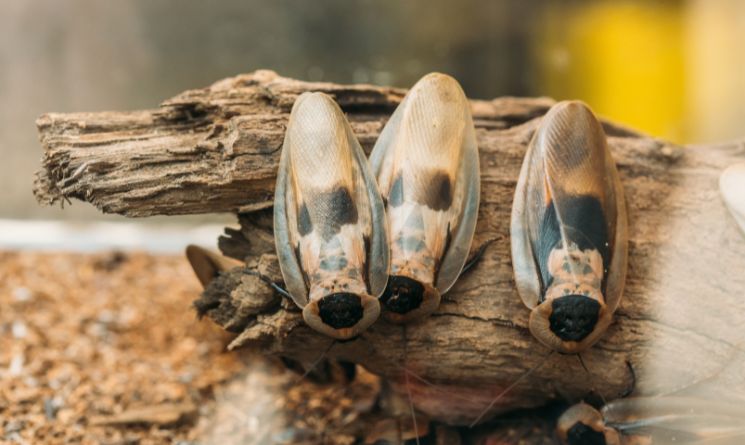
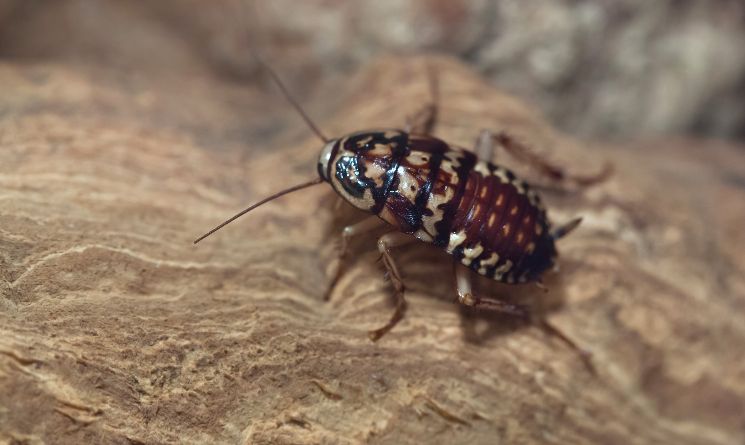
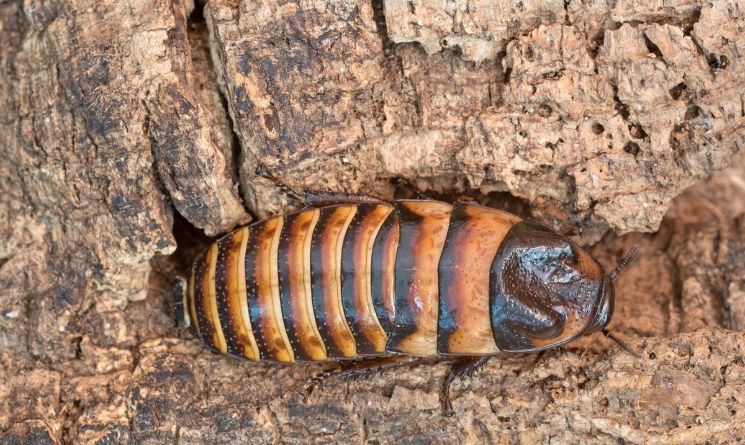
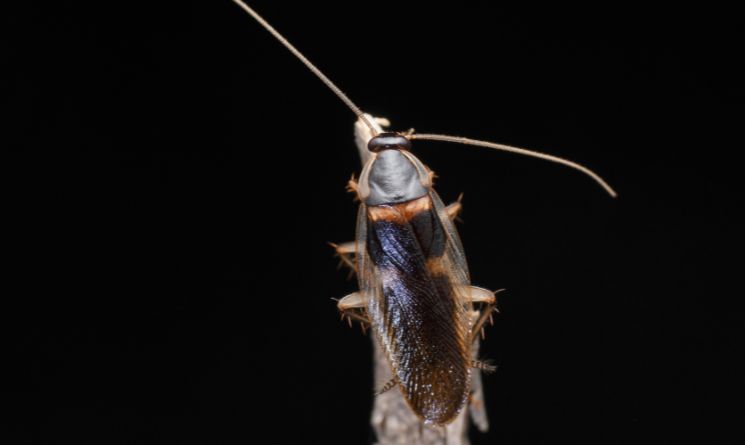
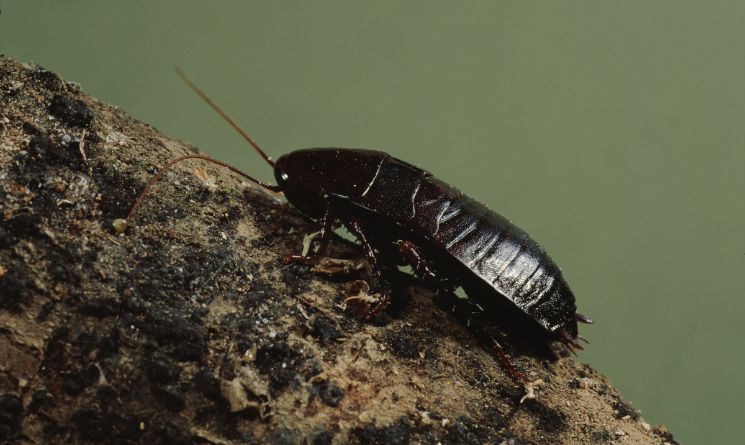
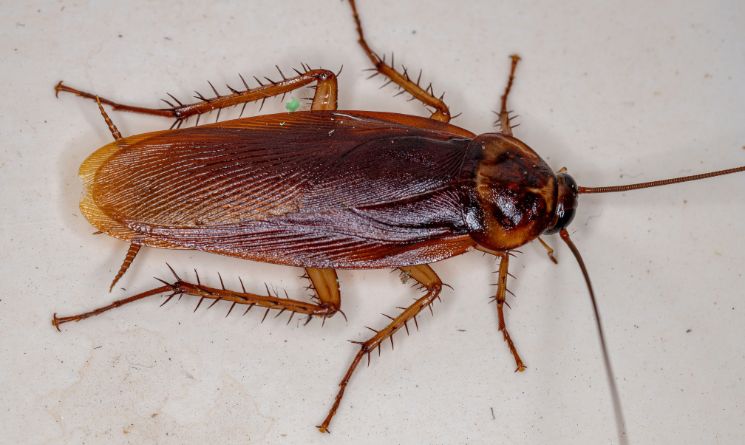
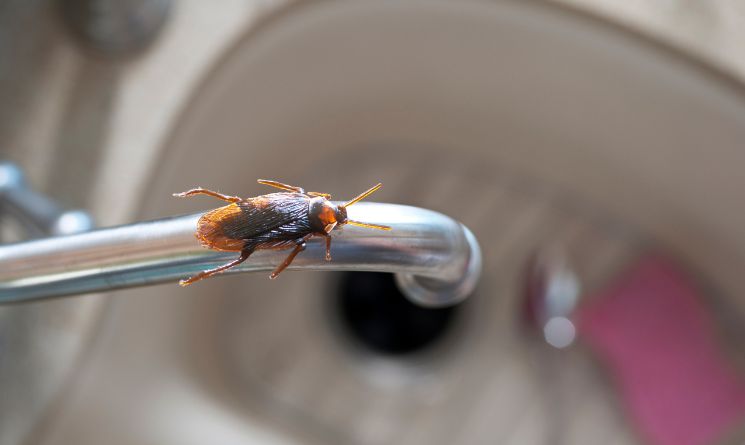
If we were to list cockroach species from top to bottom by their fame according to public sources, here’s the breakdown:
- 1. German Cockroach (Blattella germanica)
- 2. American Cockroach (Periplaneta americana)
- 3. Oriental Cockroach (Blatta orientalis)
- 4. Brown-banded Cockroach (Supella longipalpa)
- 5. Madagascar Hissing Cockroach (Gromphadorhina portentosa)
- 6. Death’s Head Cockroach (Blaberus craniifer)
- 7. Giant Burrowing Cockroach (Macropanesthia rhinoceros)
- 8. Australian Cockroach (Periplaneta australasiae)
Which Cockroach Species is Known for Its Distinctive Sound?
The Madagascar hissing cockroach (Gromphadorhina portentosa) is famous for its unique hissing sound. Unlike most insects that produce sounds by rubbing body parts together, these cockroaches create the hissing noise by forcing air through specialized respiratory openings called spiracles on their abdomen.
Why They Hiss
The hissing sound serves several purposes:
- 1. Defense Mechanism: To startle and deter predators.
- 2. Communication: To communicate with other cockroaches, especially in mating or asserting dominance.
- 3. Mating Call: Males often hiss to attract female cockroaches and to establish territory among other males.
It’s late at night. The room is dark, the house silent, and suddenly, a scurrying sound breaks the quiet. For many, the mere sight of a cockroach is enough to cause alarm. But beyond the initial fear, one question often lingers: Do cockroaches bite?
Yes, cockroaches can bite, but it’s relatively rare for them to do so. Most cockroach species avoid biting humans unless they are in extremely crowded conditions or facing a food shortage. Here are some details about cockroach bites and when they might occur:
Why Cockroaches Might Bite
- 1. Food Scarcity: Cockroaches may bite when food is extremely scarce. They seek any available nutrients, even from humans. Bites generally target areas with soft skin, like fingers, hands, and feet.
- 2. Crowded Conditions: Under crowded and food-limited conditions, cockroaches might resort to biting.
- 3. Salt and Dead Skin: Occasionally, cockroaches nibble on humans while they sleep, feeding on dead skin or salt from sweat. This behavior is rare but can happen under specific circumstances.
Generally, cockroach bites are not dangerous. Cockroach bites typically appear as small, red bumps, similar to mosquito or bedbug bites. The bites may cause mild itching, irritation, or swelling, like other insect bites. Some people may have stronger reactions due to allergies, though this is uncommon.
I able to found a Doctor report , The video demonstrates the presumed skin injuries and infections that occurred after two different patients were bitten by cockroaches. Check below:
Cockroaches are versatile eaters, adapting to what’s available in their surroundings. Their diet changes based on species and habitat, ranging from household crumbs to forest vegetation. While some species are drawn to sugar-rich foods in human homes, others consume decaying plant material in the wild. Here’s an overview of what cockroaches eat and how their diet varies across species.
Cockroaches are omnivores with a highly adaptable diet. They eat almost anything they can find, making them successful in diverse environments. Here’s a breakdown of their typical food sources:
- 1. Plant Matter: Cockroaches consume leaves, rotting wood, and decaying vegetation, especially those living in natural habitats.
- 2. Organic Waste: They are drawn to decomposing matter, including dead insects, animal carcasses, and organic litter, which provide essential nutrients.
- 3. Starches and Sugars: In human homes, cockroaches seek out starches, sweets, and crumbs. They are particularly attracted to carbohydrate-rich food sources.
- 4. Fats: Cockroaches also consume greasy residues often found on kitchen surfaces.
- 5. Proteins: They consume protein sources such as meat scraps, eggs, and sometimes even other cockroaches if food is scarce.
Cockroach Species That Favor Sugar-Rich Foods
In households, cockroaches often target sugary foods for their quick energy. Here’s a look at the species known for seeking sugar sources:
- 1. German Cockroach (Blattella germanica)
- 2. American Cockroach (Periplaneta americana)
- 3. Brown-banded Cockroach (Supella longipalpa)
Madagascar hissing cockroaches, native to the forests of Madagascar, typically feed on decaying plant matter in the wild. In their natural habitat, they do not have access to processed sugars like those found in homes. However, they can still consume sugars from natural sources like fruits and decomposing vegetation, which contain natural sugars and provide similar nutritional benefits.














Leave a Reply